How To Clean A Burnt Iron The Right Way?
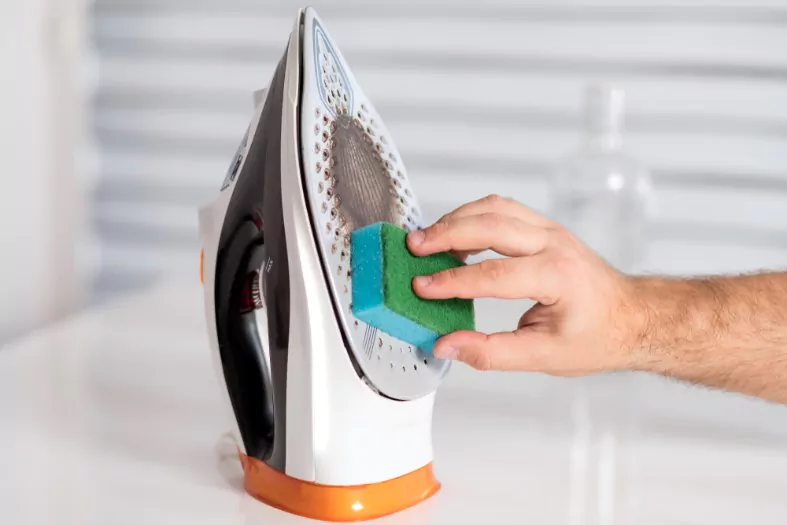
Ironing is one of those household tasks that many people love for its satisfying results, yet loathe for its occasional challenges. One of the most common issues is a burnt iron. Maybe you’ve started noticing sticky stains on your garments or encountered that pesky burnt residue on your iron’s soleplate. If your iron plate has scorch marks, burn stains, or residue build-up, it’s essential to clean it immediately. Not only does a clean iron soleplate glide smoothly over fabrics, but it also prevents further damage to your clothes. In this guide, we’ll explore how to clean a burnt iron and ensure that it performs at its best.
1 Why Does the Iron Burn?
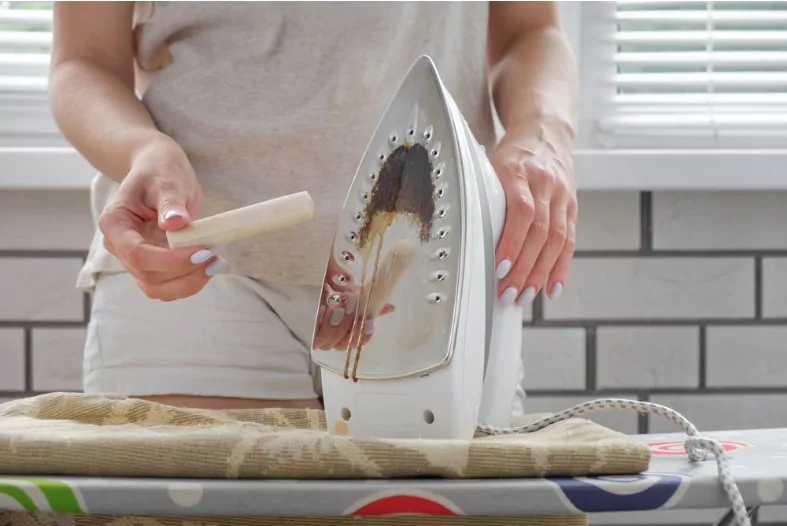
Before diving into the cleaning methods, it’s essential to understand why irons get burnt in the first place. Several factors contribute to burn marks and residue build-up on iron plates:
- Burnt Fabric: If the iron’s temperature setting is too high for a particular fabric, it can cause the burnt fabric to adhere to the iron soleplate.
- Starch Sprays: These can leave a sticky residue when they come in contact with a hot iron.
- Water Quality: If you use tap water in your steam iron, limescale and mineral deposits can accumulate in the water reservoir and steam vents, leading to clogs and stains on the iron plate.
2 Step-by-Step Guide to Cleaning a Burnt Iron
Safety First
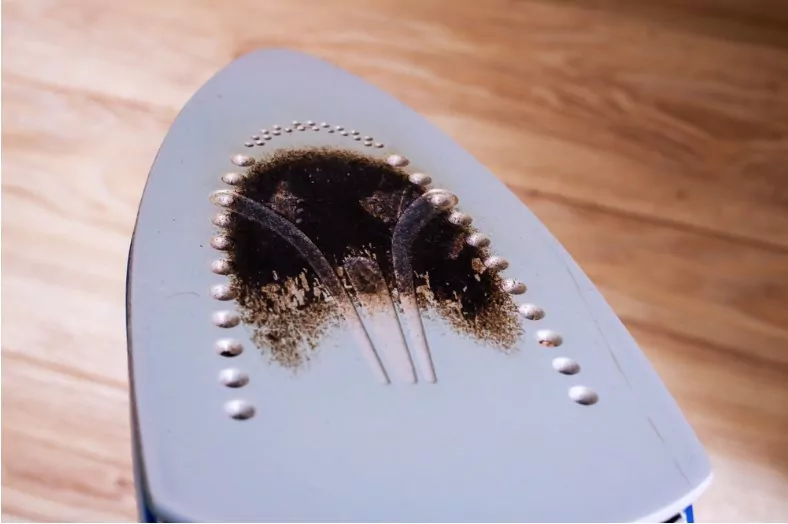
- Cool Iron: Before you begin, ensure the iron is unplugged and let the iron cool completely. Handling a hot iron can lead to severe burns.
- Work on a Stable Surface: Preferably, place an old towel or a tea towel on your ironing board or wooden surfaces to catch any mess.
Baking Soda Paste
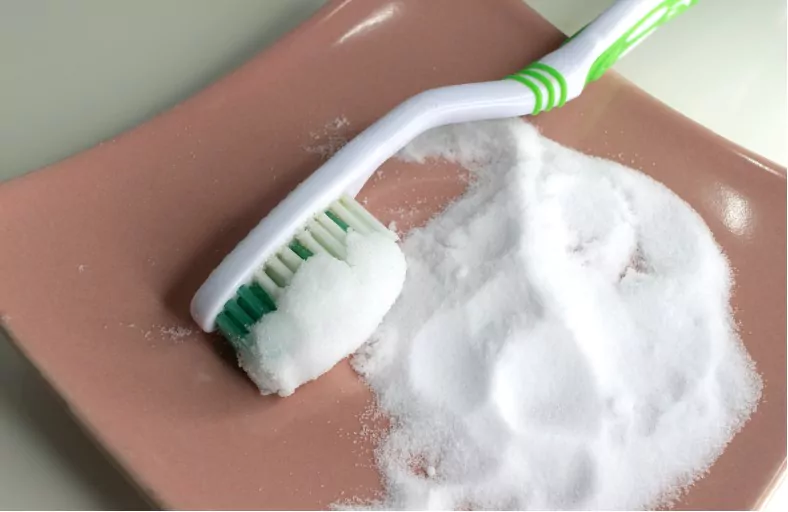
- Mix equal parts of baking soda and warm water to create a thick paste.
- With a cotton cloth or soft cloth, carefully rub the baking soda paste onto the burnt iron’s soleplate, paying extra attention to the scorch marks and burnt stains.
- Using a damp or dry cloth, wipe away the baking soda paste. If the burn marks are stubborn, you might need a bit of elbow grease. For those pesky steam holes, use cotton swabs to clean them.
Vinegar and Baking Soda
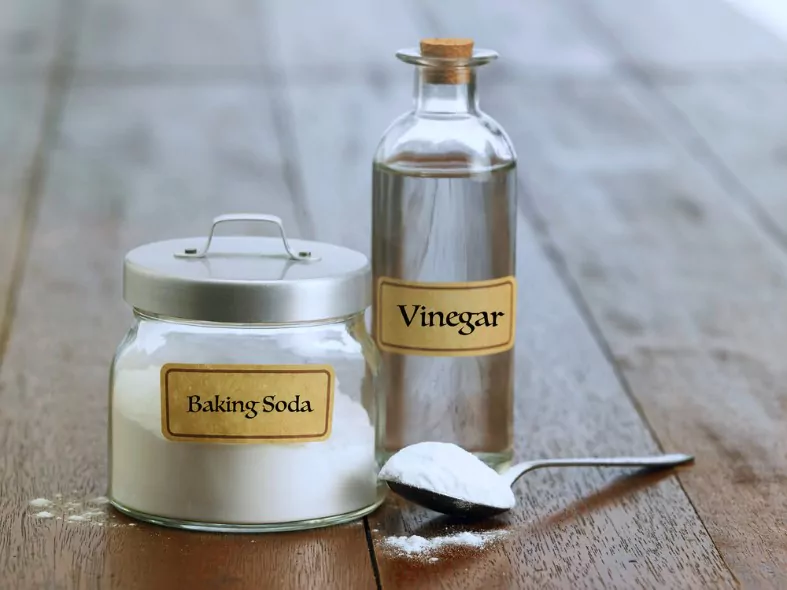
- Mix equal parts of distilled white vinegar and baking soda. This combination acts as a powerful cleaning solution and stain-fighting paste.
- Apply the mixture using a soft cloth onto the iron plate, focusing on the burnt areas.
- Once the residue is loosened, use a clean microfiber cloth to wipe it off.
Nail Polish Remover
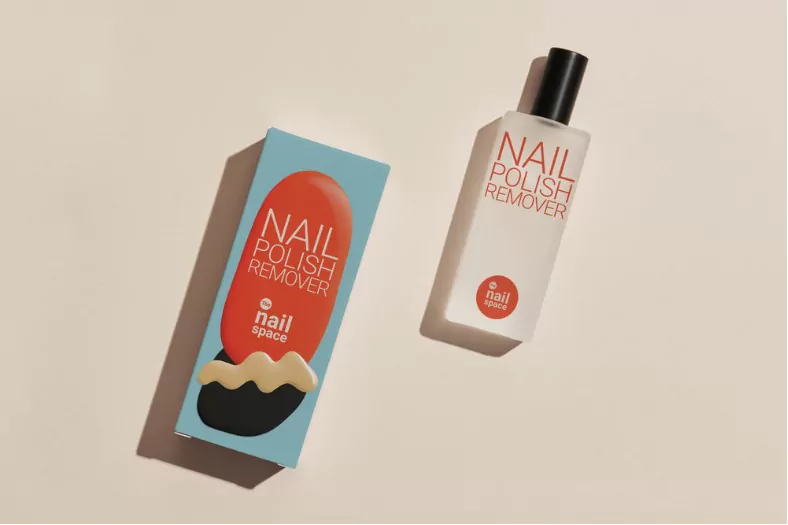
- Soak a cotton ball in nail polish remover.
- Carefully rub the cotton ball over the burnt residue on the metal plate of the iron.
- Afterwards, take a damp towel and wipe the iron plate clean.
3 Prevention is Better than Cure
- Dryer Sheet Method: Warm the iron on the lowest heat setting. Then, rub a dryer sheet over the warm soleplate until the residue comes off.
- Magic Eraser: It’s useful for tough stains. Gently rub it over a cool iron’s plate, and it can help in removing burn stains and sticky stains.
- Toothpaste or Dish Soap: Both can act as cleaning solutions. Apply a small amount to the iron soleplate and scrub gently with a clean cloth.
- Lime Juice: Effective for removing mineral deposits. Simply rub it on the iron’s plate and wipe it off with a damp cloth.
- Steam Cleaning: Fill the iron’s water reservoir with distilled water, set it on steam setting, and press the steam button repeatedly. The steam will push out any mineral deposits from the steam holes.
- Cleaning the Iron’s Water Tank: Mix equal parts of lime juice or distilled white vinegar with water. Pour this into the water reservoir and let it sit for a while. This will remove mineral deposits. Empty the tank and rinse with distilled water.
- Tough Stains: Use a cleaning solution with a combination of vinegar and baking soda. Apply this stain-fighting paste using a plastic knife or wooden spatula, then wipe clean.
- Avoiding Damage: Always avoid using metal or sharp objects on the iron soleplate. This can cause scratches and reduce its efficiency.
- Final Touch: After cleaning, always run the iron over a clean microfiber cloth or an old towel to ensure all residues are gone.
4 Preventive Measures
- Water Quality: Always use distilled water in the iron’s water tank to avoid limescale and mineral deposits.
- Heat Protecting Glove: Using one can prevent accidental touches to the hot iron.
- Clean Regularly: It’s essential to clean an iron periodically. Even if you don’t notice visible burn marks, unseen residue might still be present.
- Avoid Ironing Over Zippers and Buttons: These can scratch the iron soleplates, leading to uneven heating.
5 Wrapping Up
No matter how careful you are, burn marks and residues are almost inevitable when ironing. Whether you’ve got a steam iron or a regular one, ensuring the cleanliness of the iron plate can make a massive difference in your ironing experience. By following this comprehensive guide on how to clean a scorched iron, your appliance will always be in top shape, and you can bid farewell to those pesky burn stains and sticky residues. So, the next time you spot a dirty iron plate, arm yourself with baking soda, vinegar, and a touch of elbow grease to keep your iron clean and efficient.
Community Q&A
About This Article
This article has been viewed 420 times.




Regards for all your efforts that you have put in this. very interesting information.